One of the most intimidating things to many new gun owners is ammunition.
With so many types and calibers available, it can feel impossible to know which round is best for you and your needs.
Fortunately, FirearmReview has assembled this handy bullet guide to arm you with the information that you need to choose the right ammunition for your pistol or rifle.
First, we’ll get you familiar with the general anatomy of a round and some of the basic terminology related to ammunition
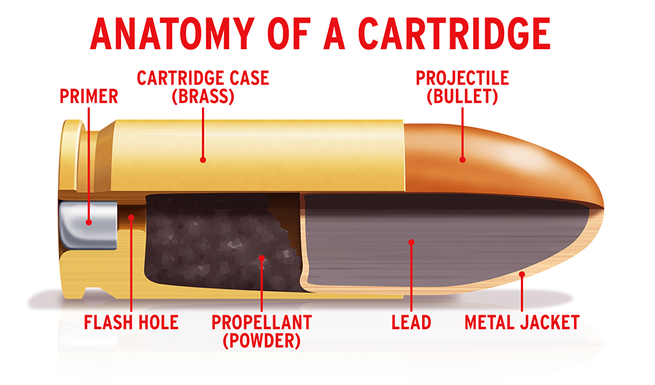
After that, we’ll talk about some of the most common bullet calibers and types and the advantages and disadvantages of each.
While they don’t technically have bullets, we’ll finish with a quick discussion of shotgun shells to give you an idea of the differences between them and pistol and rifle rounds.
In other words, by the time we’re finished, you’ll have all the knowledge you need to pick out the right round for you.
Sound good? Then let’s get started!
Components of Common Cartridges
A cartridge or round refers to the entire ammunition assembly.
Standard rifle and handgun rounds have four parts: the projectile(s), the case, the propellant, and the primer. Shotgun rounds also have a wad.
- Projectile: the part or parts that hit the target. In a handgun or rifle round, this is the bullet – calling the entire assembly a bullet is a common mistake. In a shotgun round, each piece of shot (the little metal balls) is a projectile.
- Propellant: once ignited, the propellant is what makes the gun go boom. Gunpowder is the classic propellant, but these days more reliable explosives are more commonly used.
- Primer: the primer ignites the propellant. Primers are impact sensitive, so when the gun’s firing pin hits the primer, it explodes, igniting the propellant and firing the gun.
- Case: the case holds all the other bits together in a convenient, easy to load round.
- Wad: in a shotgun shell, the wad separates the shot and propellant to prevent mixing and creates a seal to prevent gas from blowing between the shot rather than propelling them outward.
Once you’re familiar with the construction of a cartridge, you can save some money by loading your own.
Ammunition Terminology
Now that you’ve got the basics of how a cartridge functions, let’s talk about a few other terms you need to know.
First up are a few basics that you’ll need to know for our discussion of the different calibers and types of rounds.
- Caliber: refers to the diameter of the bullet, and can be used informally to refer to different types of cartridges. Caliber can be measured in either inches or millimeters. Unless millimeters is mentioned as the unit of measurement, you can generally assume it’s measured in inches.
- Bullet weight: exactly what it sounds like. The weight of a bullet is measured in grains. There are about 7000 grains in a pound, and one grain is about 1/20 of a gram, so it’s a tiny, tiny unit of measurement.
- Velocity: for our purposes, velocity is basically just the speed at which the average bullet leaves the barrel. Velocity can be measured in feet per second or meters per second.
- Energy: measured in joules (J), energy is a measure of the approximate destructive potential of a bullet when it hits its target.
Rimfire vs Centerfire
Rimfire and centerfire are terms that refer to two different ways that a primer function in a round, depending on its construction.
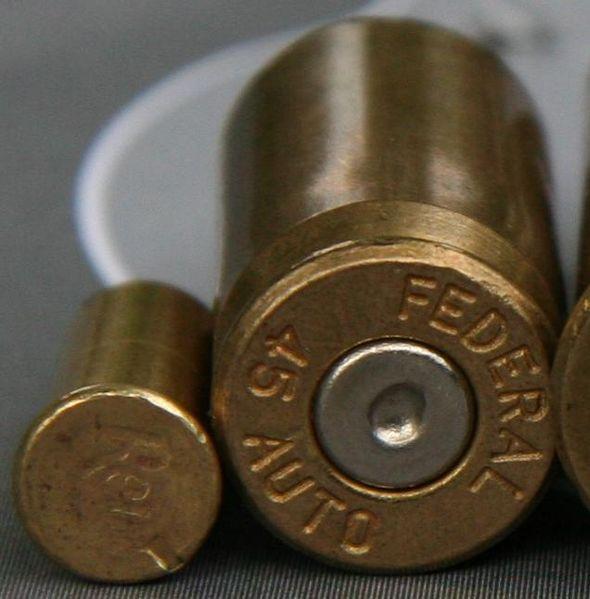
In a rimfire round, the primer is built into the rim of the cartridge. Rimfire rounds are extremely cheap compared to centerfire rounds, but they also generally have less power. This makes them popular for plinking and varmint hunting, but less so for self-defense or hunting anything but the tiniest game.
In a centerfire round, the primer is its own separate component, located in the center of the base of the cartridge. Almost all modern rounds are centerfire.
The Most Common Calibers
There are tons of different calibers, but there are relatively few that you really need to worry about being familiar with.
We’re going to start with the most common calibers, ones that can easily be found in stores, then move on to some others that aren’t as easy to find, but are still worth knowing a thing or two about.
.22LR
The .22LR (long rifle) is the most widely sold caliber and can be used in rifles and pistols.
If you remember shooting something other than a pellet gun at camp as a kid, it was probably a .22LR.
It is a common starting round because it has virtually no recoil, is relatively quiet compared to other rounds, and is cheap enough that it’s a good choice for learning sight pictures.
.22LR is also a relatively common varmint round, used for rats, snakes, and birds, and is underrated for self-defense. We wouldn’t recommend using it as your go-to defensive round because it doesn’t have a lot of stopping power, but it’s certainly going to hurt enough to deter a casual mugger. Plus, you can stop just about any assailant if you put enough holes in them.
- Bullet Weight: 30-40 gr
- Velocity: 1200-1600 ft/s
- Energy: 140-160 J
- Approximate Cost Per Round: 7 cents
.380 ACP
The .380 ACP (Auto Colt Pistol), also sometimes called the 9mm short or .380 Auto is a pistol cartridge that has seen a surge in popularity over the past several years because it’s a common caliber among the increasingly popular “pocket pistols.”
It’s not without its controversies, though.
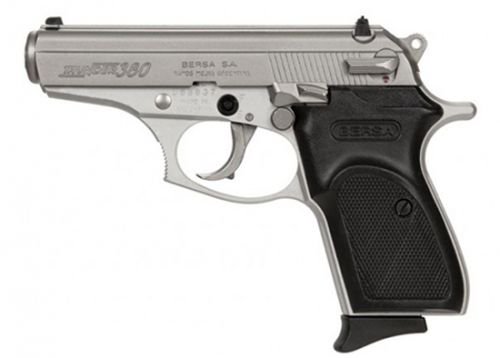
Bersa Thunder .380
Pros
- Lots of options including grips, lasters, night sights, etc.
- Higher capacity than most .380 pocket guns
- Great trigger, especially in SA
Cons
- Magazine disconnect safety
- Not a lot of aftermarket support
Some consider the .380 ACP just large and powerful enough to make an adequate defensive caliber, while others think it’s not sufficient for that purpose.
It is a relatively low power round, but it also has low recoil and pretty good penetration at close range, but its effectiveness rapidly decreases as distance increases.
- Bullet Weight: 88-115 gr
- Velocity: 900-1050 ft/s
- Energy: 228-298 J
- Approximate Cost Per Round: 38 cents
9mm
The 9mm is officially called the 9×19 Parabellum, but can also be referred to as 9mm Para or 9mm Luger. There are a bunch of 9mm rounds, but 9×19 Parabellum is the default. If you say “nine millimeters” or “nine mil,” this is the one people will assume you’re talking about.
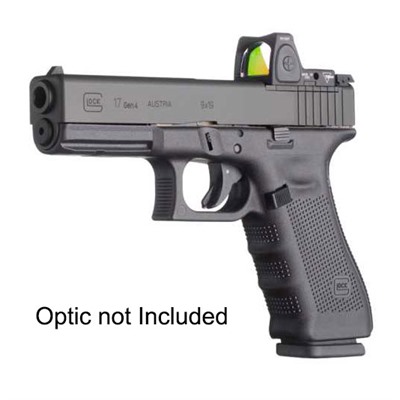
Glock 19 MOS
Pros
- Faster aiming
- Easy of use
- Eliminates need for night sights
Cons
- Requires batteries in the optic
This is a common favorite handgun round, both among recreational shooters and among military and police, because of its balanced size and low price.
The bullet is the same diameter as that of the .380 and .38 Special, but with less power behind it.
Less power isn’t necessarily a bad thing, though. The 9mm still has sufficient stopping power for self-defense, especially if the 9mm round in question is a hollow point (we’ll explain more about what the means later), but it has low recoil.
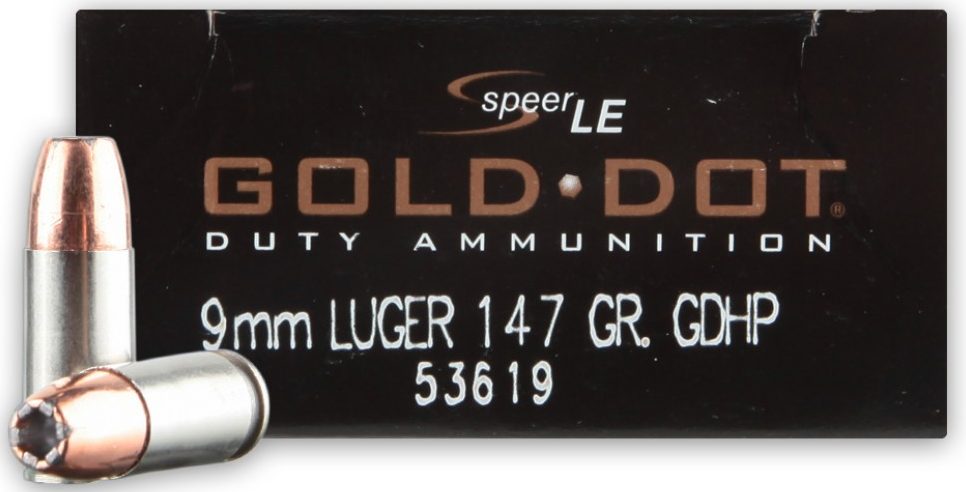
Speer Gold Dot 9mm 124gr
Pros
- Popular with Law Enforcement
- Very consistent loading
Cons
- Out of stock often at many retailers
The small size also means that it’s commonly used in compact and subcompact pistols, making it ideal for concealed carry, and you can fit plenty of rounds in a magazine, usually around 15 to 17.
- Bullet Weight: 90-147 gr
- Velocity: 985-1500 ft/s
- Energy: 399-610 J
- Approximate Cost Per Round: 19 cents
.38 Special
.38 Special is a common revolver round and the first one in our guide. Not to be confused with .380 ACP, .38 Special is one of the most popular revolver rounds currently available. It was the sidearm caliber of choice for many police and military forces, including the FBI, in the early twentieth century.
.38 Special has a moderately low recoil, but it will still pack a punch if shot from some of these tiny revolvers.
Compared to the 9mm, the .38 Special has a longer cartridge and more powder but also a slower and heavier bullet.
The .38 Special is nearly identical to the .357 Magnum (which we’ll discuss in our section on less common rounds), except in that the .38 Special is a little under 4mm shorter and a lot less powerful than the .357 Magnum. .38 Special can safely be fired from a .357 Magnum revolver, but don’t try it the other way around.
.38 Special guns are not made to handle the amount of pressure created by a .357 cartridge. The gun will explode, and you will lose your eyebrows, you will get severe burns, and you’ll probably lose a couple fingers and maybe permanently damage your eyes. So just don’t do it.
- Bullet Weight: 110-158 gr
- Velocity: 710-1250 ft/s
- Energy: 225-518 J
- Approximate Cost Per Round: 39 cents
.40 S&W
The .40 Smith & Wesson is similar to the 9mm, but with more power.
This round was originally designed for the FBI as a shortened version of the 10mm. As such, it has less recoil than the 10mm. It also costs almost half as much per round.
It has more power and a stronger recoil than the 9mm. It’s also somewhat more expensive but is still a relatively low cost round.
While the FBI has switched back to the 9mm because it allows their agents to shoot quicker and with more accuracy, the .40 S&W remains popular among law enforcement agencies.
- Bullet Weight: 135-180 gr
- Velocity: 985-1325 ft/s
- Energy: 481-678 J
- Approximate Cost Per Round: 35 cents
.45 ACP
This powerful round was designed for the ever popular 1911 pistol. Even after over a century in production, the .45 ACP is still a favorite of militaries, police forces, and civilians.
This round has a hefty bullet and significant recoil, though some users have reported that because the bullet has relatively low velocity, the recoil doesn’t seem to feel as much like a jerk as when firing other powerful rounds.
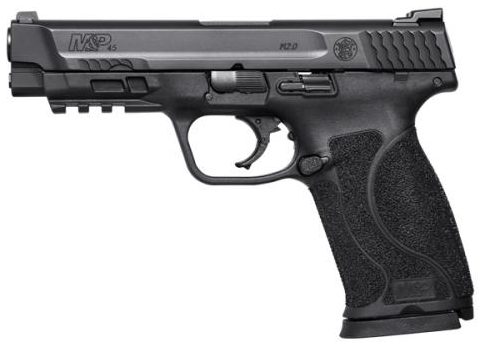
Smith & Wesson M45 M2.0
Pros
- Stock trigger is crisp
- Available with and without a manual safety
- Lightweight
Cons
- Less aftermarket support than Glock
Regardless, this isn’t the round of choice for those who are new to shooting. It’s an excellent choice for self-defense and recreation shooting for experienced shooters who may also appreciate the history behind this classic round, but newcomers will likely find that the round’s power makes shooting it rather unwieldy.
- Bullet Weight: 165-230 gr
- Velocity: 830-1140 ft/s
- Energy: 451-777 J
- Approximate Cost Per Round: 27 cents
.223 Remington/5.56x45mm NATO
The .223 Remington and 5.56 NATO have virtually identical dimensions and weights and are both incredibly popular rifle rounds, so we’re listing them together.
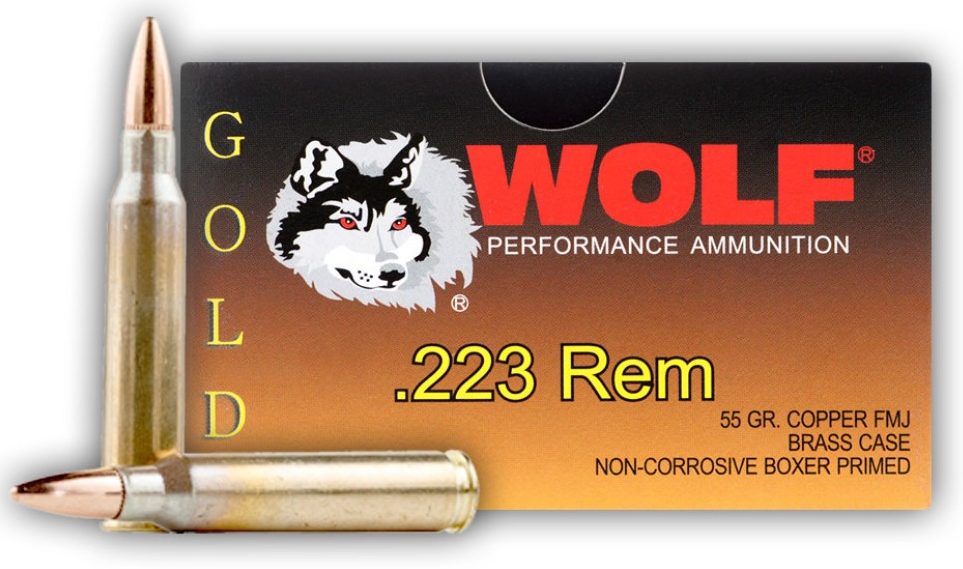
Wolf Gold 55gr .223 FMJ
Pros
- VERY budget friendly
- Best budget brass cased 5.56/223 on the market
Cons
- Loadings can be inconsistent
The difference between the two rounds is the amount of pressure released when fired. The 5.56 NATO releases more pressure than the .223, so don’t fire 5.56 from a .223 rifle. You can fire .223 from a 5.56 rifle as much as your heart desires.
That extra pressure also means that 5.56 has greater velocity and a greater recoil compared to .223.
These are the standard rounds for M16, M4, and AR-15 rifles. This is our recommended home defense round, particularly in hollow point.
- Bullet Weight: 55-63 gr
- Velocity: 2,800-3,260 ft/s
- Energy: 1,679-1,889 J
- Approximate Cost Per Round: 30 cents
7.62x39mm
This rifle round is best known because it is the round the Soviets used for the AK-47. While they can’t be found in just any gun store, inexpensive military surplus rounds are easy to find.
The round has fairly moderate recoil and a lot of stopping power.
- Bullet Weight: 122-154 gr
- Velocity: 2,104-2,421 ft/s
- Energy: 2,056-2,179 J
- Approximate Cost Per Round: 30 cents
.308/7.62x51mm
This is another pair of rounds with virtually the same dimensions.
Mixing these two is a little more complicated, however, so unless you’re in the know, just use each one with the matching rifle.
Like the 7.62x39mm, these have a moderate recoil and high stopping power. These rounds are a popular choice for hunters and for long-range shooters.
- Bullet Weight: 147-175 gr
- Velocity: 2,580-2,733 ft/s
- Energy: 3,304-3,506J
- Approximate Cost Per Round: 65 cents
Less Common Bullet Calibers
Now let’s talk about a few other calibers that aren’t as easy to find in stores, but are still relatively popular.
10mm
The 10mm is the older brother to the .40 S&W. It has a lot more power, but at the cost of a lot more recoil and, well, greater cost. The recoil is strong enough that shooting 10mm for very long can be hard on your hands and hurt your accuracy, which is why the FBI stopped using 10mm in favor of the .40 S&W.
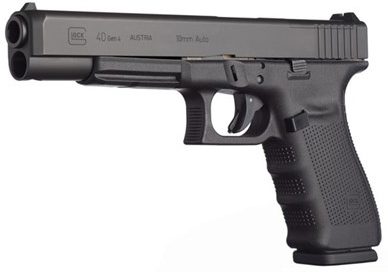
Glock 40
Pros
- Configured for Glock Modular Optics System (optics sold separately)
This round has gotten something of a cult following in the past several years, so it’s becoming easier to find in stores as sales increase.
- Bullet Weight: 135-200 gr
- Velocity: 1030-1400 ft/s
- Energy: 576-796 J
- Approximate Cost Per Round: 60 cents
.30 Carbine
The .30 Carbine is the round designed for the M1 Carbine in the ‘40s and continued to be used up to the beginning of the Korean War.
It has a lot of appeal to classic firearm lovers but isn’t quite as popular as a lot of other rifle rounds.
- Bullet Weight: 110 gr
- Velocity: 1,990 ft/s
- Energy: 1311 J
- Approximate Cost Per Round: 40 cents
.300 Blackout
.300 BLK was designed in 2011 to replicate the 7.62x39mm’s performance in the AK, but in a smaller package – allowing for greater magazine capacity – and compatible with the AR-15.
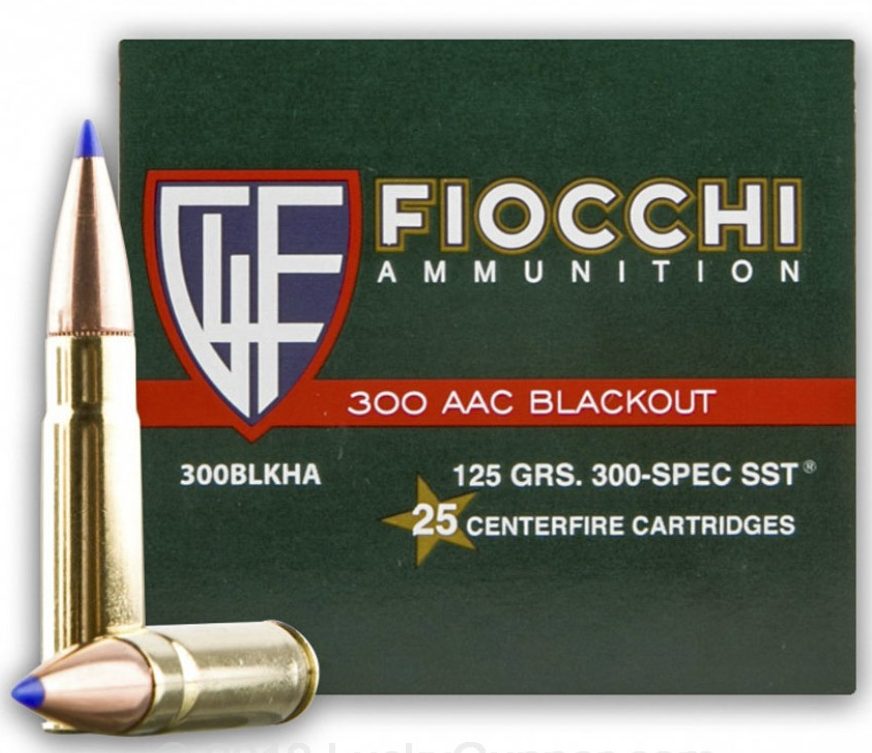
Fiocchi 300 AAC Blackout 125gr SST
Pros
- Great penitration
- Designed for self-defense, also useful in hunting
Cons
- Runs out of stock often
Though it’s relatively new on the scene, .300 BLK is becoming increasingly popular.
- Bullet Weight: 78-125 gr
- Velocity: 2,030-2,960 ft/s
- Energy: 1,540-2,057 J
- Approximate Cost Per Round: 50 cents
7.62x54mmR
This is the round the Russians designed for the Mosin-Nagant and like the Mosin-Nagant, it has obtained a significant following among civilians in the past few decades. The Russian military still uses it in snipers rifles, like the Dragunov, and some general-purpose machine guns.
It has a bit heavier recoil than the .308 Winchester.
- Bullet Weight: 150-181 gr
- Velocity: 2,580-2,840 ft/s
- Energy: 3,593-3,779 J
- Approximate Cost Per Round: 55 cents
.30-06 Springfield
This cartridge is one of America’s oldest, introduced in 1906. Its military service lasted almost five decades and it continues to be a popular hunting round today.
The .30-06 has strong recoil, but also very impressive range.
- Bullet Weight: 150-220 gr
- Velocity: 2,500-2,910 ft/s
- Energy: 2,820-4,042 J
- Approximate Cost Per Round: 65 cents
.357 Magnum
Like we said, .357 Magnum is a more powerful version of .38 Special. It has incredible stopping power, but also a whole lot of recoil.
- Bullet Weight: 110-180 gr
- Velocity: 1145-1542 ft/s
- Energy: 538-1131 J
- Approximate Cost Per Round: 35 cents
.44 Special
.44 Special is a classic revolver round that is probably best known for being the predecessor to the .44 Magnum.
In recent years, however, it has begun to regain popularity because it’s easier to handle than .44 Magnum.
- Bullet Weight: 165-246 gr
- Velocity: 755-1150 ft/s
- Energy: 420-658 J
- Approximate Cost Per Round: 58 cents
.44 Magnum
This is a lengthened version of the .44 Special. It has a lot more power than the .44 Special, making it an excellent short-range hunting round, but that power also means a lot of recoil.
Though originally designed as a revolver round, it is also commonly used in rifles and carbines, in part to get the benefits of the .44 Magnum’s power but with easier to manage recoil and improved precision.
- Bullet Weight: 180-300 gr
- Velocity: 1180-1700 ft/s
- Energy: 1005-1653 J
- Approximate Cost Per Round: 45 cents
Common Bullet Types
Still with me?
Now that we’ve talked about the calibers you need to know the most, let’s move on to some of the most common bullet types.
Full Metal Jacket (FMJ)
FMJ is the most common type of bullet. It has a soft metal – usually lead – core, with a harder metal shell. Tips can be flat, round, or pointed.
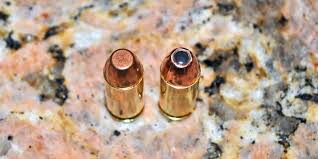
FMJ bullets have relatively low stopping power and may go right through their target, so they aren’t recommended as defensive rounds.
Hollow Point (HP)
Hollow points have a pit in the tip that causes the bullet to expand on contact, giving them greater stopping power. This makes them a favorite law enforcement and defensive round.
The disadvantage is that this type of tip makes the round less aerodynamic.
Open Tip Match (OTM)
These bullets somewhat resemble hollow points because they have a divet in the point, but the divet is a product of the bullet’s manufacturing and is not large enough to expand significantly.
OTM bullets are designed for long-distance target shooting. They are incredibly accurate but aren’t intended to stop anything, whether it’s game or an attacker.
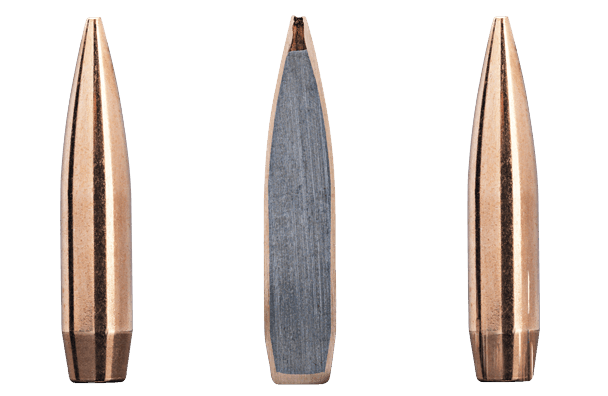
OTM bullets are sometimes called “hollow point” despite functioning very differently, so be sure to make sure any unfamiliar ammo is exactly what you’re looking for before you buy.
Ballistic Tip
Sometimes called plastic-tipped, this is a hollow point with improved aerodynamics. The pit in the hollow point is filled with plastic to give the bullet a shape more like an FMJ.
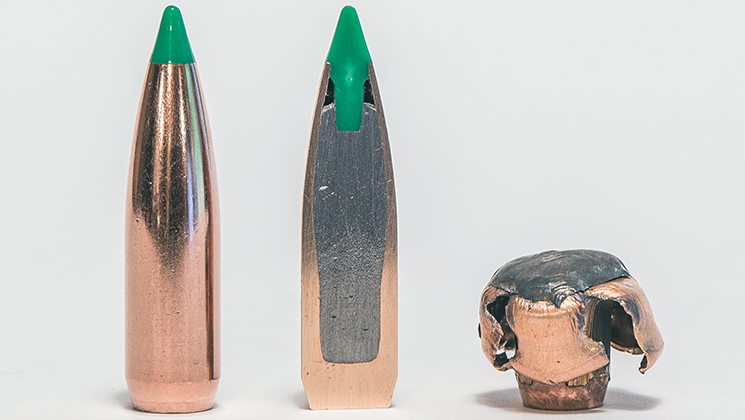
The combination of stopping power and aerodynamics makes these popular for hunting.
Soft Point (SP)
Soft point bullets are another attempt at a crossover of the FMJ and hollow point.
The lead core of this bullet is partially exposed at the tip and will expand upon hitting the target. However, ballistic tips generally have a better expansion with similar aerodynamics.
Conclusion
That’s it, all the basics on bullets! Now you have all the information you need to choose the best bullet for your needs, whether that’s hunting, defense, or plinking.
If you have any questions about bullets, think we missed an important caliber or type, or have suggestions to help firearms newcomers choose bullets and ammunition, share them with us in the comments.
Now get shooting!


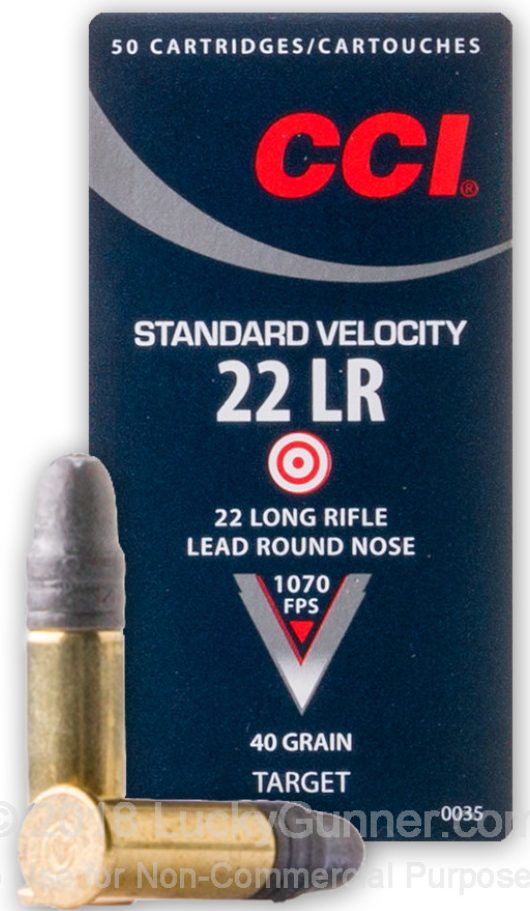
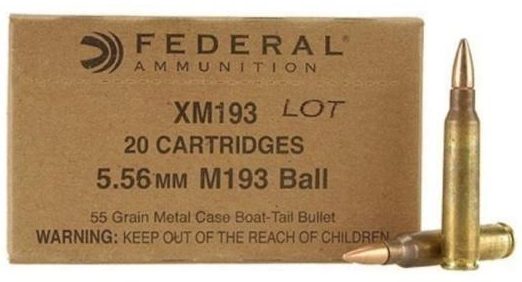
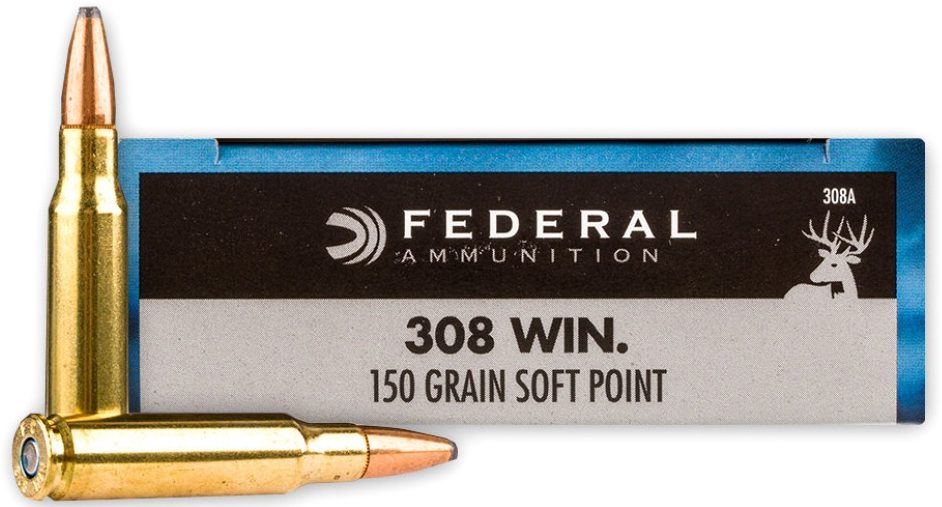
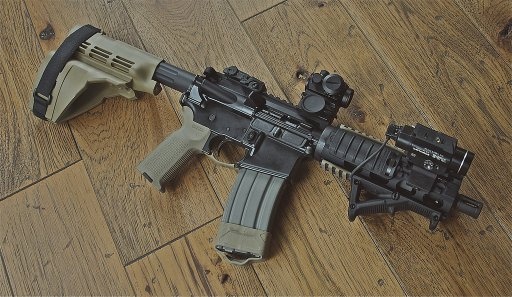
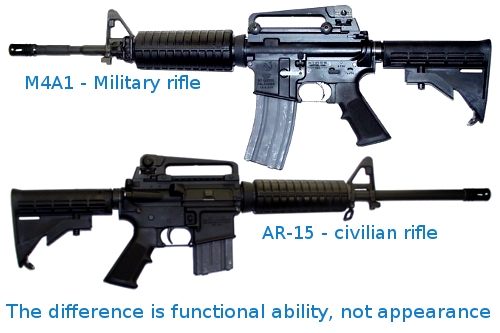
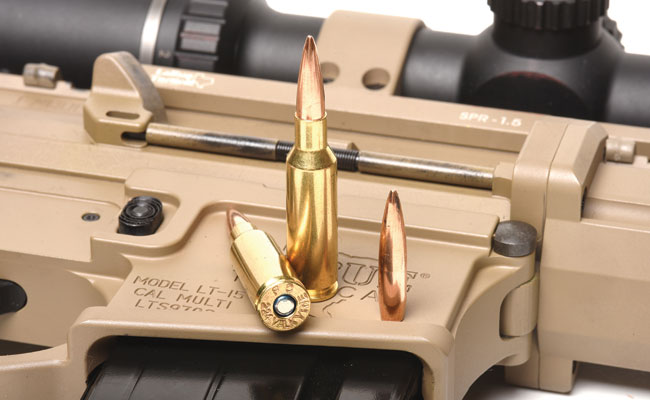
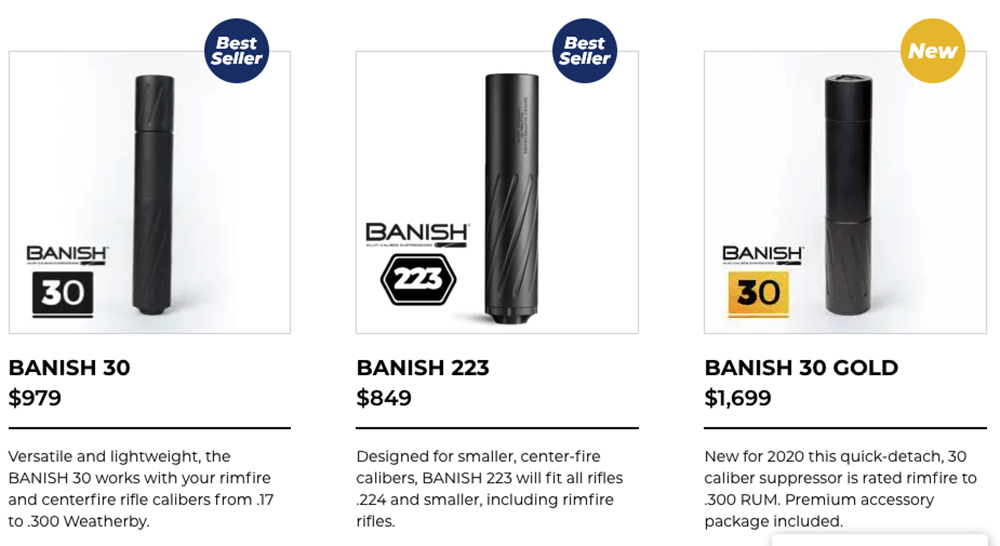
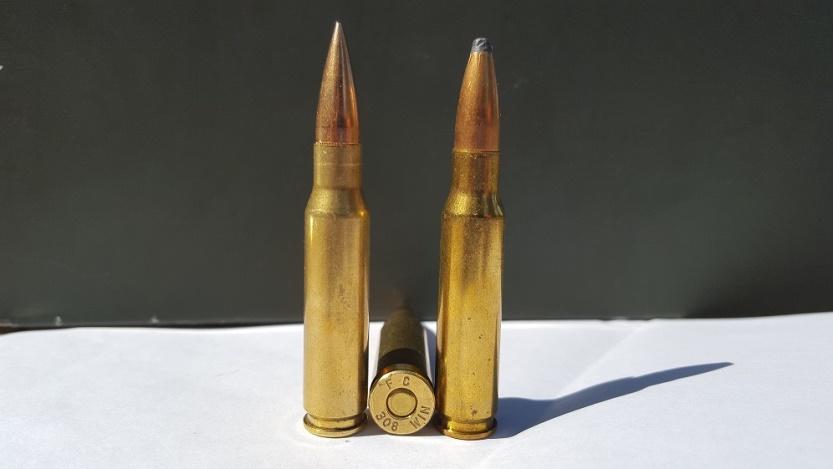
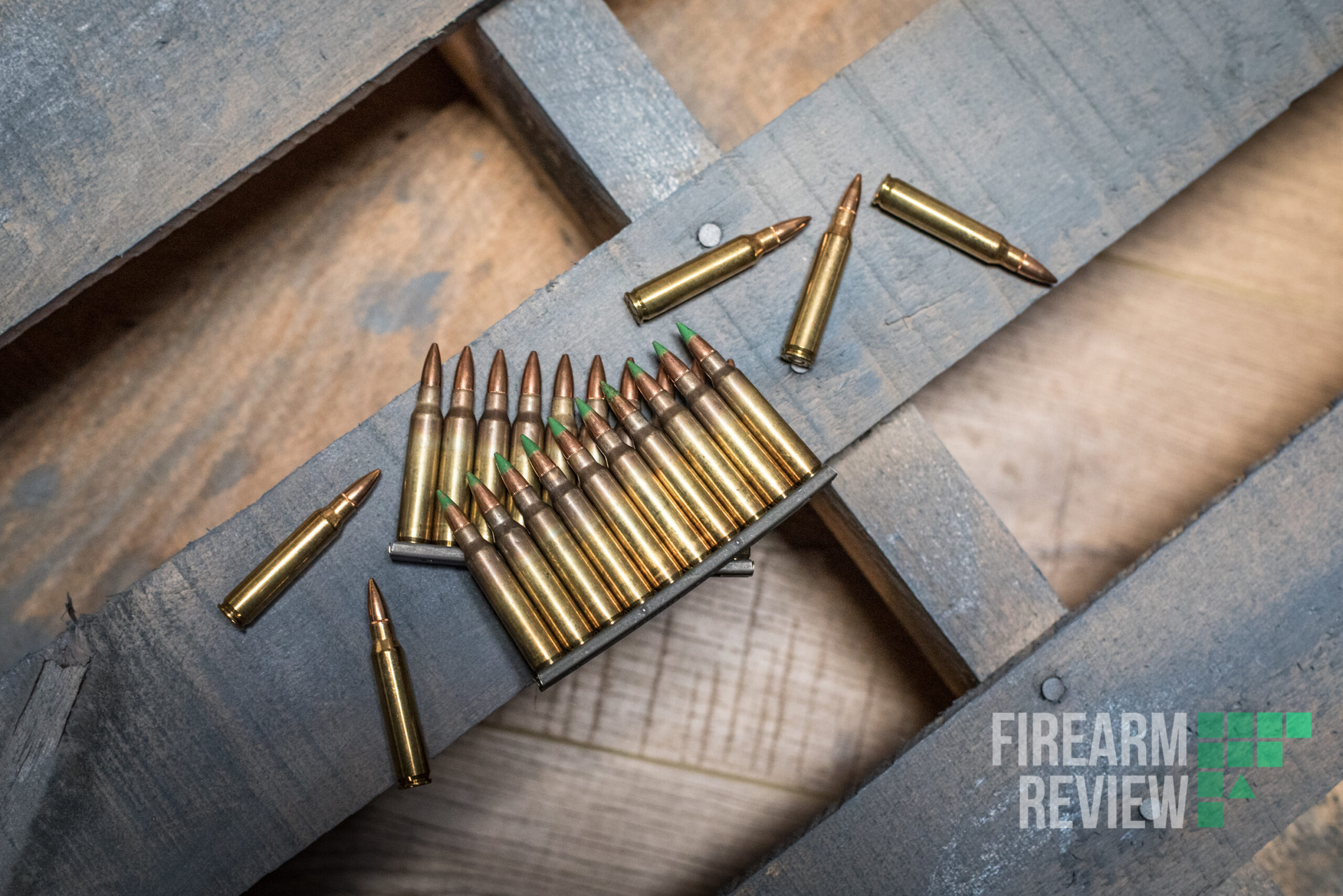
582 dia bllet whats the cal
Very basic and clear. The diameter measured in inches or mm was clear to me. The only mm ammunition explained was the 9 and 10.